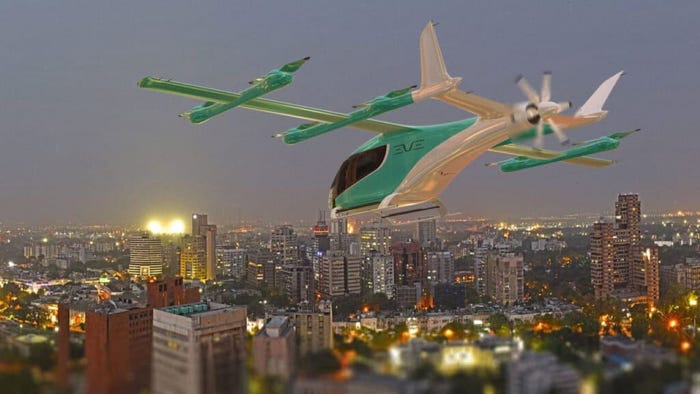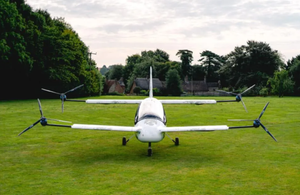Braille-Reading Robot Achieves Human-Like SensitivityBraille-Reading Robot Achieves Human-Like Sensitivity
A new robotic sensor can read braille at double the speed of human readers, demonstrating a new leap in robotic sensitivity
.png?width=1280&auto=webp&quality=95&format=jpg&disable=upscale)
Researchers have developed an AI-enabled, highly sensitive robotic sensor that gives robots the same tactile capabilities as human hands.
To demonstrate the sensor’s efficacy, the University of Cambridge team used machine learning algorithms to teach it to read braille, with tests showing the robot was able to read the braille at 315 words per minute at close to 90% accuracy.
The robotic sensor had a camera in its “fingertip.” using a combination of data from the camera and the sensors to read braille.
Recreating the sensitivity of human fingertips is an ongoing challenge for engineers, as innovators work to create robots with high dexterity requirements. The technology could be used in robotic hands or prosthetics to give people and devices high levels of dexterity, according to the team.
"The softness of human fingertips is one of the reasons we're able to grip things with the right amount of pressure," said Parth Potdar, the paper's first author. "For robotics, softness is a useful characteristic, but you also need lots of sensor information, and it's tricky to have both at once, especially when dealing with flexible or deformable surfaces,
"Braille reading speed is a great way to measure the dynamic performance of tactile sensing systems, so our findings could be applicable beyond braille, for applications like detecting surface textures or slippage in robotic manipulation.”
Next, the team said they are looking to scale the technology to fit a human-sized hand, with the hope of one day deploying the tech in humanoid robots.
The research was supported in part by the Samsung Global Research Outreach Program.
About the Author
You May Also Like








